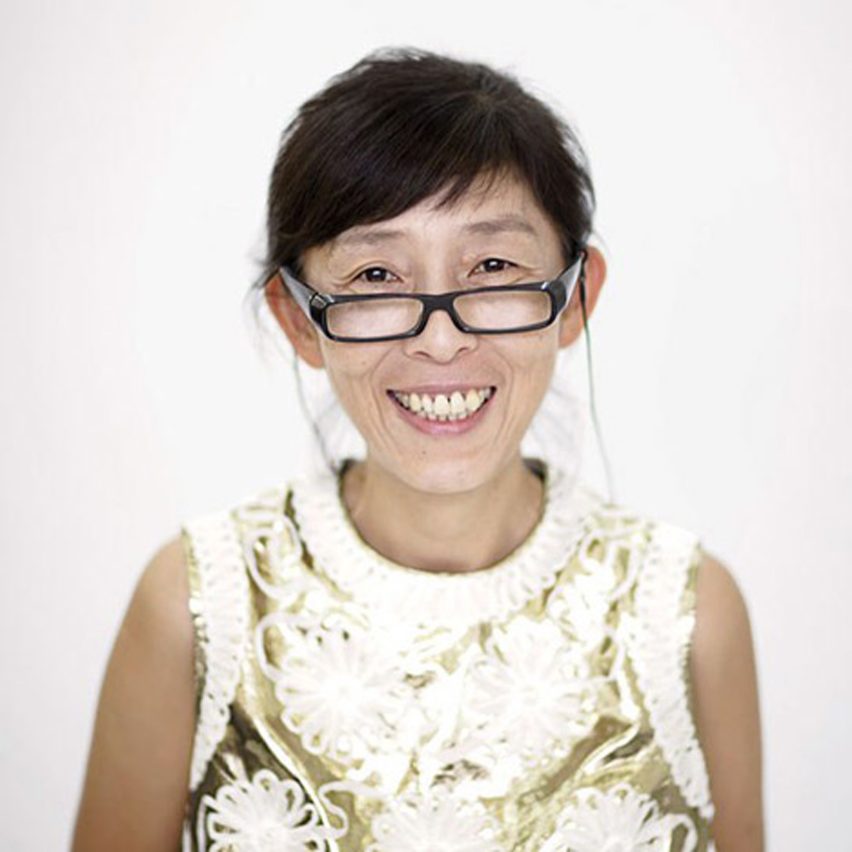
Venice architecture biennale theme announced
The Venice architecture biennale has announced 'People meet in architecture' as the theme of this year's show, which is curated by Japanese architect Kazuyo Sejima of SANAA.
More about SANAA in our special category.
See press release below:
La Biennale di Venezia
12th International Architecture Exhibition / People meet in architecture
directed by Kazuyo Sejima
Venice (Arsenale and Giardini), August 29 – November 21 2010
Preview August 26, 27 and 28 2010
The President of the Biennale di Venezia, Paolo Baratta, accompanied by the Director of the 12th International Architecture Exhibition, Kazuyo Sejima, met today at Cà Giustinian with the representatives of the 54 Countries participating in the 12th Exhibition, which will be held from August 29 to November 21 2010 at the Giardini and at the Arsenale (preview August 26, 27 and 28 2010), and in various other venues in Venice.
After a series of Biennale Exhibitions directed by eminent critics or historians, this Sector has once again been entrusted to an architect, Kazuyo Sejima, to bring the important theme of quality in architecture back to the forefront, with a personality who makes quality her own personal vocation.
The title chosen by Kazuyo Sejima for the 12th International Architecture Exhibition is
People meet in architecture
“The idea is to help people relate to architecture, help architecture relate to people and help people relate to themselves”.
“Can architecture clarify new values and a new lifestyles of the XXI century? This exhibition – explained Kazuyo Sejima - will be an experience of architecture possibilities, to understand how architecture expresses new ways of living, about an architecture created by different values and approaches. I would be very happy if we could feel where our society will go through this exhibition”.
“There will be independent spaces for each architect or each theme, which means that the participants will be their own curators. In this way contributors will design their own space and make presentations that consider the experience of the visitor both physically and conceptually. It will be a series of spaces rather than a series of objects”.
“Participants will include artists and engineers, and not only architects because architecture is a product of the whole society. Like society, some parts of the exhibition will be made through the collaboration of artists and architects, or architects and visitors”.
The President of the Biennale Paolo Baratta on his part declared:
“The 12. Exhibition wishes to reopen the discussion about architecture and its role in civilization. This discipline must be in a position to accept the challenge of organizing the space of our lives. In this sense, it must address one of the highest problems: the contemporary realization of the res publica”.
“The choice of the new director – remarked Paolo Baratta – fell on one of the most qualified and established representatives of the new masters of Architecture of the Third Millennium. A generation that has become established in the first decade of this century, and grown up thanks to experiences shared with the famous architects that dominated the world scene and whose presence did not obscure, but on the contrary nurtured a generation of new masters. Their extraordinary quality reveals a sense of openness and optimism towards the evolution of architecture, which proves that it is not wedged between technology and communication, but on the contrary is alive and vital.”
Two major projects will be developed for the 12.Exhibition: Architecture Saturdays and the greater involvement of the Universities.
The Architecture Saturdays will consist in a series of conversations, performances and weekly discussions with architects, critics and personalities from the world of Italian and international architecture throughout the entire period of the Exhibition. Every Saturday there will be a Meeting led, in addition to the Director Kazuyo Sejima, by every Director of the former editions of the Exhibition: Vittorio Gregotti (1975, 1976, 1978), Paolo Portoghesi (1980, 1982, 1992), Francesco Dal Co (1988, 1991), Hans Hollein (1996), Massimiliano Fuksas (2000), Deyan Sudjic (2002), Kurt W. Forster (2004), Richard Burdett (2006), Aaron Betsky (2008).
The Biennale has also developed a University Project, whose purpose is to extend the platform of experimentation addressed to schools and universities: a collaboration with Italian and European schools will be set up to define programs for tours of the Exhibition, which will provide an important educational opportunity for students in the Faculties of Architecture, Engineering, Design, Communication and Sociology. The purpose of the project is to establish specific protocols of agreement with the universities to provide the students with the possibility of being introduced to architecture and obtaining credits. Each university and department may present and develop a specific theme coherent with the contents of the Exhibition, to be discussed during a forum in one of the Biennale venues.
The 12. International Architecture Exhibition of the Biennale di Venezia will also present, as is traditional, the National Participations, with their own exhibitions in the Pavilions at the Giardini, and in the historic city centre of Venice.
This edition will also include selected collateral events, presented by international entities and institutions, which will present their exhibitions and initiatives in Venice concurrently with the 12. Exhibition.
Kazuyo Sejima. Biographical notes
Born in Japan, in the prefecture of Ibaraki in 1956, Kazuyo Sejima is a leading exponent of contemporary architecture. In 1981, she took a degree in architecture at the Japan Women's University and began working in the studio of Toyo Ito. In 1987, she opened her own studio in Tokyo. In 1995, together with Ryue Nishizawa, she founded SANAA, the Tokyo studio that has designed some of the most innovative works of architecture built recently around the world, from the New Museum of Contemporary Art in New York to the Serpentine Pavilion in London and from the Christian Dior Building in Omotesando (Tokyo) to the 21st Century Museum of Contemporary Art in Kanazawa, which won the Golden Lion in 2004 for the most significant work of the 9th International Architecture Exhibition of the Venice Biennale. In 2000, with Ryue Nishizawa, she was the curator for the Japanese Pavilion, called City of Girls, at the 7th International Architecture Exhibition of the Biennale.
Kazuyo Sejima has taught at Princeton University and at the Polytechnique de Lausanne. She is currently a lecturer at Keio University.
A constant focus on research characterises all of her work, heir to the thousand-year tradition that has inspired the minimalist geometry of contemporary Japanese architecture. Toyo Ito describes her as “an architect who uses the maximum simplicity to link the material and the abstract”.

Back to Dezeenwire »
Back to Dezeen »